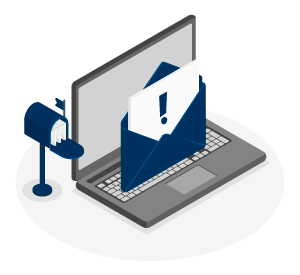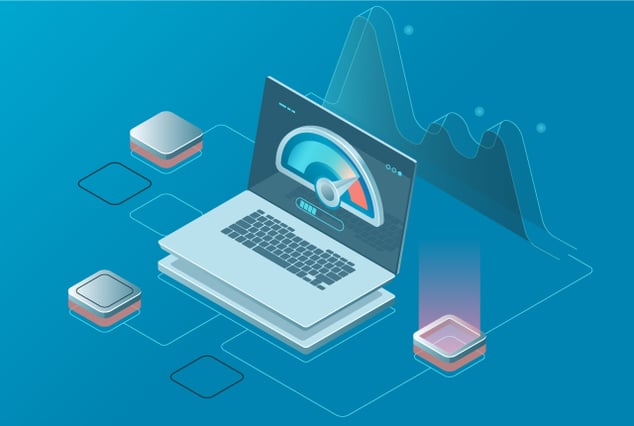“Discovering the unexpected is more important than confirming the known.”
- George E. P. Box

A survey by Statista revealed that around 293.6 billion emails were sent and received each day in 2019. This is expected to increase to 347.3 billion in 2022.
Why Is Email Server Performance Testing Required?
-

Important Protocols
- SMTP - To send emails
- POP3 - To read and download emails from email server
- IMAP - To read and retain emails on email server
-

Key Points: Email Test Data Strategy
- Email content size
- Email content type
- Number of attachments
- Attachment size
- Recipients' email addresses
Email Server Performance Testing Cycle

 Setup Test Data and Email Client Performance Testing Environment
Setup Test Data and Email Client Performance Testing Environment Create Scripts
Create Scripts
(Use tools like JMeter or MultiMail that simulate emails) Simulate Load
Simulate Load Monitor Email Server Performance
Monitor Email Server Performance Report Results
Report Results
Email Server Performance Testing - Do's and Dont's

-
Do's
- Validate test email accounts before test run
- Keep third-party in sync during test run
- Test all applicable security settings like SSL/TLS
- Test POP, IMAP, and SMTP protocols to read and send emails
- Follow cyber laws and security rules
- Test various email clients to avoid settings issue
-
Don'ts
- Use a production IP to avoid high junk mail ratings
- Avoid same test environment to avoid test emails to real users
- Ignore network latency
- Use too much formatting or images in email body
- Use blacklisted email contact for email relay
Best Practices

- Avoid spam content to avoid IP address blacklisting
- Include third party email addresses to certify SMTP relay
- Include email attachments of various sizes
- Use a secured port rather than standard ports
- Use a high-end load generator machine
Have Suggestions?
We would love to hear your feedback, questions, comments and suggestions. This will help us to make us better and more useful next time.
Share your thoughts and ideas at knowledgecenter@qasource.com

